Graffiti is an art form that has been around for centuries, yet it continues to evolve and captivate audiences with its unique styles and techniques. Originating as a form of street art, graffiti has come a long way from its beginnings as an underground art form and is now recognized as a legitimate art form.
The purpose of this blog is to introduce you to the different types of graffiti and their characteristics, as well as explore the evolution of graffiti and its impact on popular culture.
Graffiti has been around for centuries and can be traced back to ancient civilizations, where it was used for communication, expression, and decoration. In modern times, graffiti emerged in the late 1960s and early 1970s as a form of street art in New York City.
Since then, graffiti has evolved into a diverse and dynamic art form, encompassing a wide range of styles and techniques.
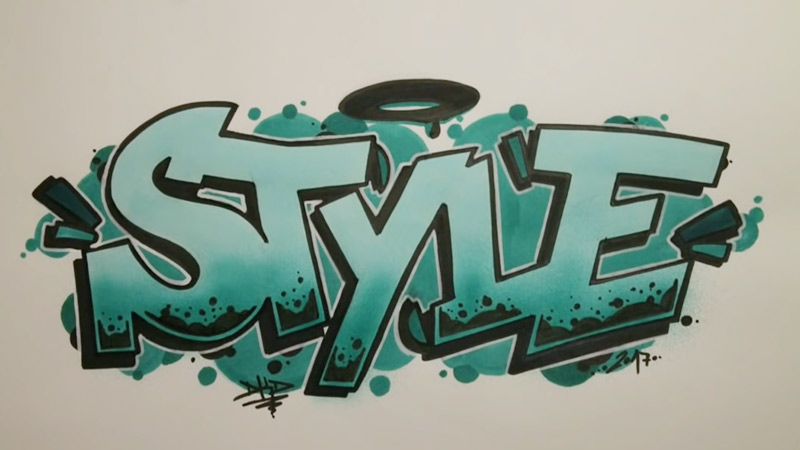
15 Types of Graffiti
1. Tag
A tag is a simple form of graffiti that usually consists of a stylized signature or nickname. It is a quick and easy way for graffiti artists to mark their territory and show their presence. A tag is often written in a hurry and is characterized by its simple lettering and often features a single color.
The focus of a tag is on the artist’s signature or nickname, and it is a way for the artist to establish their identity in the graffiti world. Examples of tag graffiti include simple lettering such as “John Doe” written on a wall, or a stylized signature or nickname of the artist.

Examples of tag graffiti include
- A simple signature or nickname wrote on a wall in one color, such as “KAT” or “MAD.”
- A stylized lettering of the artist’s name or moniker, such as “SNOE” is written in a unique font style.
- A simple tag that features an iconic symbol or image, such as a crown or a skull, next to the artist’s name or moniker.
- A tag that features multiple colors, with each letter or symbol in a different color.
- A tag that is written in a unique location, such as on a bridge or a building rooftop, to increase its visibility.
2. Throw-up or Bomb
A throw-up is a style of graffiti that is similar to a tag but with more color and slightly more detail. It is larger than a tag and often features multiple colors. The focus of a throw-up is on the letters, which are usually more defined and filled in, making them more noticeable.
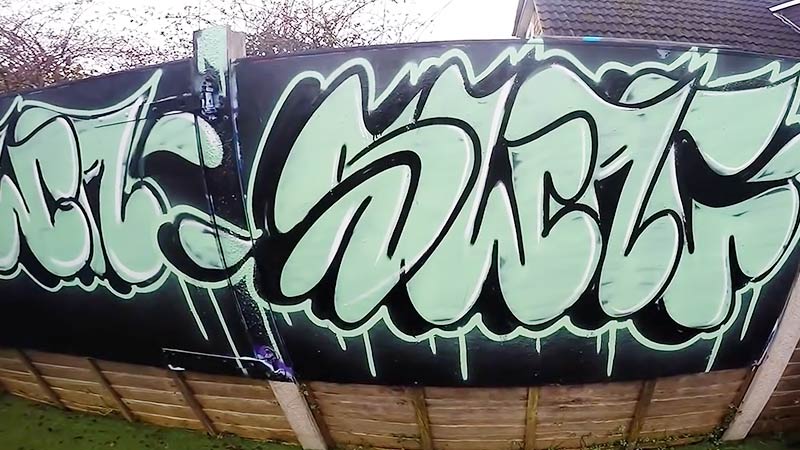
Characteristics of throw-up
Throw-up graffiti is characterized by its larger letters and the use of multiple colors. The letters are often filled in, and the design can feature additional elements, such as shading or outlines.
Examples of throw-up
- A throw-up of the word “RUN” with two different colors, such as red and blue.
- A throw-up of a stylized name or moniker, such as “GRAFF” written in multiple colors and with shading or outlines.
- A throw-up that features a simple image or symbol, such as a heart or a star, along with the artist’s name or moniker.
- A throw-up that is written in a public space, such as on a train or a wall, for increased visibility.
These are just a few examples of throw-up graffiti. The style and design of a throw-up can vary greatly, depending on the artist’s personal style and creativity.
3. Letters
Graffiti letters are a style of graffiti that focuses on the artist’s ability to create visually appealing letters that can stand out on their own. The letters can range from simple and straightforward to complex and stylized.
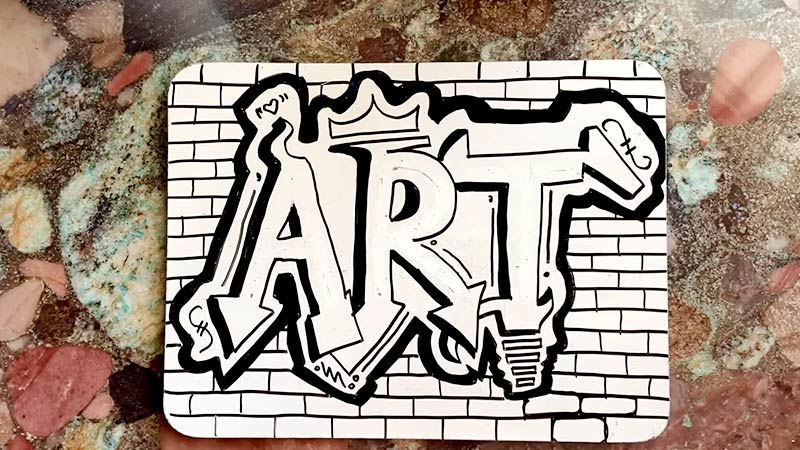
Characteristics of letters
Graffiti letters are characterized by their unique design and style. The letters can be simple or complex, and the artist often uses multiple colors to add depth and interest. The focus is on the visual appeal of the letters, and the artist’s ability to create visually stunning lettering.
Examples of letters
- Simple, straightforward letters that are easy to read, such as the letter “ABC.”
- Complex and stylized letters, such as the word “GRAFF” are written in an interlocking design.
- Letters that feature multiple colors, such as the word “ART” are written in red and blue.
- Letters that feature shading or outlines, such as the word “RUN” with a black outline and a colored fill.
These are just a few examples of graffiti letters. The style and design of graffiti letters can vary greatly, depending on the artist’s personal style and creativity. The focus is on the visual appeal of the letters and the artist’s ability to create visually stunning lettering.
4. Piece or Character
A piece is a more elaborate form of graffiti that often features characters, images, and designs. The focus of a piece is on the design and the creativity of the artist, rather than just the letters. A piece is a way for the artist to showcase their talent and imagination.
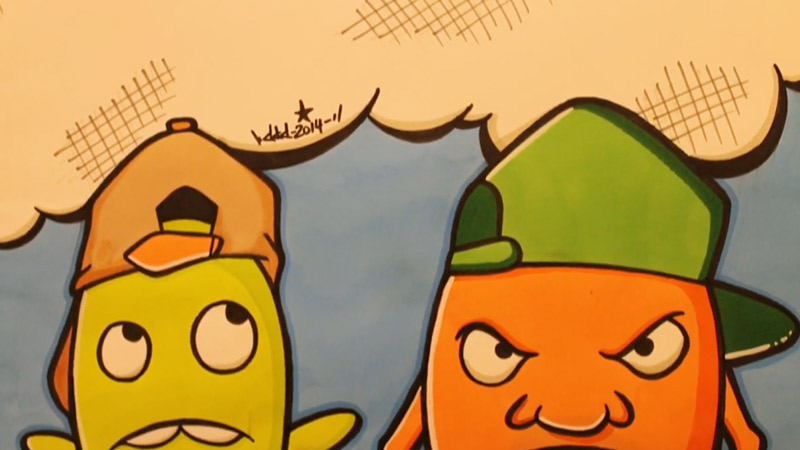
Characteristics of piece
Piece graffiti is characterized by its intricate design and the use of multiple elements, such as characters, images, and colors. The focus is on the overall design and the artist’s ability to create a visually stunning piece. The letters may be stylized and can be part of the overall design, but they are not the main focus.
Examples of the piece
- A piece that features a character, such as a stylized angel or a political figure, surrounded by intricate designs and colors.
- A piece that features a complex image or design, such as a cityscape or a landscape, with multiple colors and shading.
- A piece that features multiple characters or images, such as a mural with different animals and plants.
- A piece that is written in a public space, such as on a wall or a train, for increased visibility and impact.
These are just a few examples of piece graffiti. The style and design of a piece can vary greatly, depending on the artist’s personal style and creativity. The focus is on the overall design and the artist’s ability to create a visually stunning piece.
5. Two Letter Throw-ups
Two-letter throw-ups are a style of graffiti that features two letters, rather than a full word or name. The focus of a two-letter throw-up is on the design and style of the letters, rather than the actual meaning of the letters.
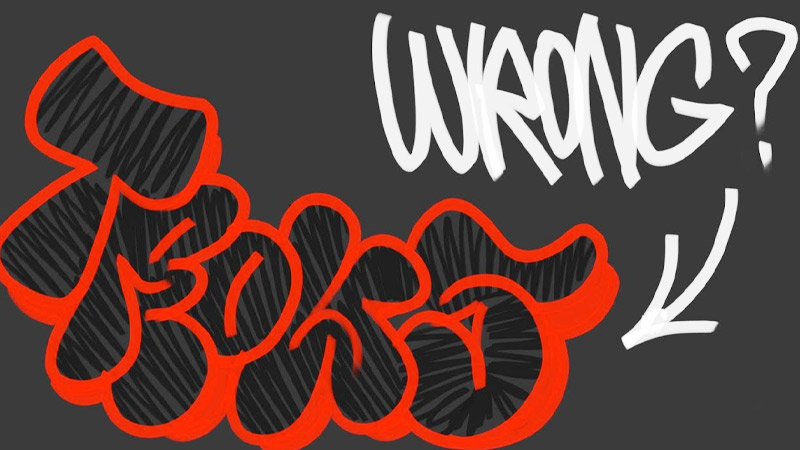
Characteristics of two-letter throw-ups
Two-letter throw-ups are characterized by their simple design and the use of two letters only. The letters are often stylized and can be filled in with multiple colors. The focus is on the visual appeal of the letters and the artist’s ability to create visually stunning lettering.
Examples of two-letter throw-ups
- The letters “AB” are written in a stylized font and filled in with multiple colors.
- The letters “LO” are written in an interlocking design and filled in with shading.
- The letters “XO” are written in a stylized font and filled in with different colors for each letter.
- The letters “ZY” are written in bold font and filled in with a single color.
These are just a few examples of two-letter throw-ups. The style and design of a two-letter throw-up can vary greatly, depending on the artist’s personal style and creativity. The focus is on the visual appeal of the letters and the artist’s ability to create visually stunning lettering.
6. Hollows
Hollows are a style of graffiti that features letters that are not filled in, but instead are left as outlines. The focus of a hollow is on the design and style of the letters, rather than the fill color.
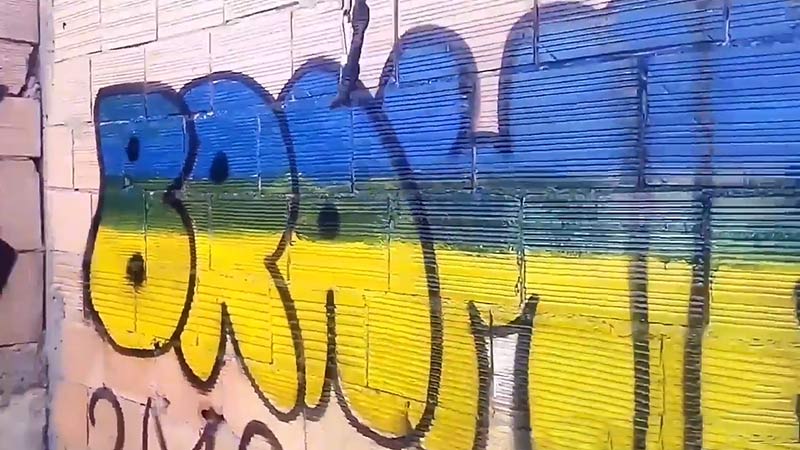
Characteristics of hollows
Hollows are characterized by their simple design, with the letters being left as outlines rather than filled in. The letters can be stylized and can feature shading or additional elements, such as outlines. The focus is on the visual appeal of the letters and the artist’s ability to create visually stunning lettering.
Examples of hollows:
- The word “ART” is written in a stylized font and left as outlines with shading.
- The word “RUN” is written in a bold font and left as outlines with a black outline.
- The letters “ZY” are written in a unique font and left as outlines with additional elements, such as arrows or stars.
- The letters “AB” are written in a stylized font and left as outlines with a different color for each letter.
These are just a few examples of hollows. The style and design of a hollow can vary greatly, depending on the artist’s personal style and creativity. The focus is on the visual appeal of the letters and the artist’s ability to create visually stunning lettering.
7. Straight Letters
Straight letters are a style of graffiti that features letters that are written in a straightforward and simple manner. The focus is on the legibility of the letters, rather than the design or style.
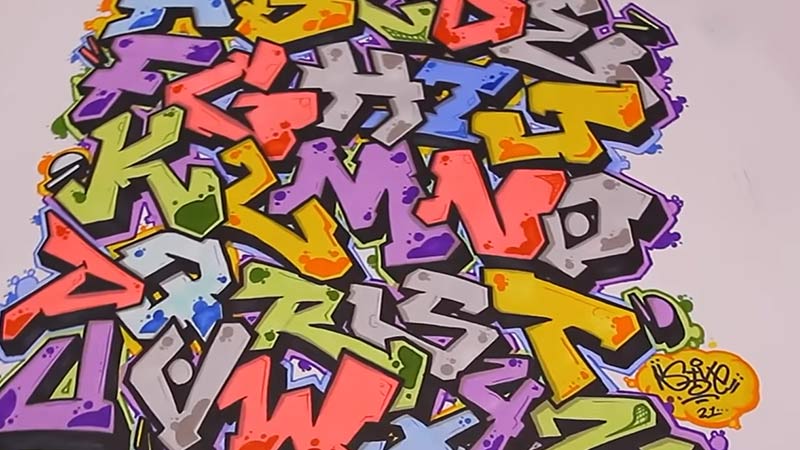
Characteristics of straight letters
Straight letters are characterized by their simple design, with letters being written in a straightforward manner. The letters are often written in plain font and can be filled in with a single color. The focus is on the legibility of the letters, rather than the visual appeal.
Examples of straight letters
- The word “ART” is written in plain font and filled in with a single color.
- The word “RUN” is written in a simple font and filled in with shading.
- The letters “AB” are written in plain font and filled in with different colors for each letter.
- The word “GRAFF” is written in a simple font and filled in with a single color.
These are just a few examples of straight letters. The style and design of straight letters can vary greatly, depending on the artist’s personal style and creativity. The focus is on the legibility of the letters, rather than the visual appeal.
8. Full-Color Pieces
Full-color pieces are a style of graffiti that features a design or image that is filled in with multiple colors. The focus of a full-color piece is on the use of color and the artist’s ability to create a visually stunning piece.
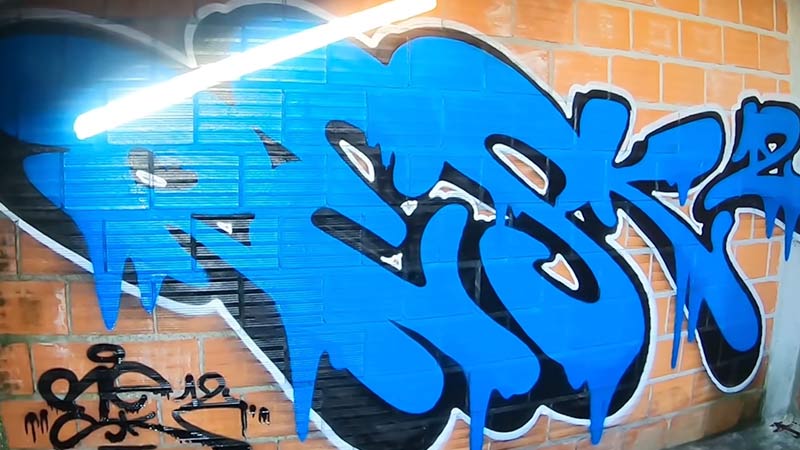
Characteristics of full-color pieces
Full-color pieces are characterized by their use of multiple colors and their intricate designs. The focus is on the use of color and the artist’s ability to create a visually appealing piece. The letters and images used in a full-color piece are often stylized and can feature shading or outlines.
Examples of full-color pieces:
- A piece that features a character or image filled in with multiple colors, such as a stylized angel or a cityscape.
- A piece that features a complex image or design filled in with multiple colors, such as a landscape or a cityscape.
- A piece that features multiple characters or images filled in with different colors, such as a mural with different animals and plants.
- A piece is written in a public space, such as on a wall or a train, and is filled in with multiple colors for increased visibility and impact.
These are just a few examples of full-color pieces. The style and design of a full-color piece can vary greatly, depending on the artist’s personal style and creativity. The focus is on the use of color and the artist’s ability to create a visually stunning piece.
9. Wildstyle
Wildstyle is a complex and stylized form of graffiti that often incorporates interlocking letters and shapes. The focus of wildstyle is on the intricate design and the artist’s ability to create visually stunning lettering and images.
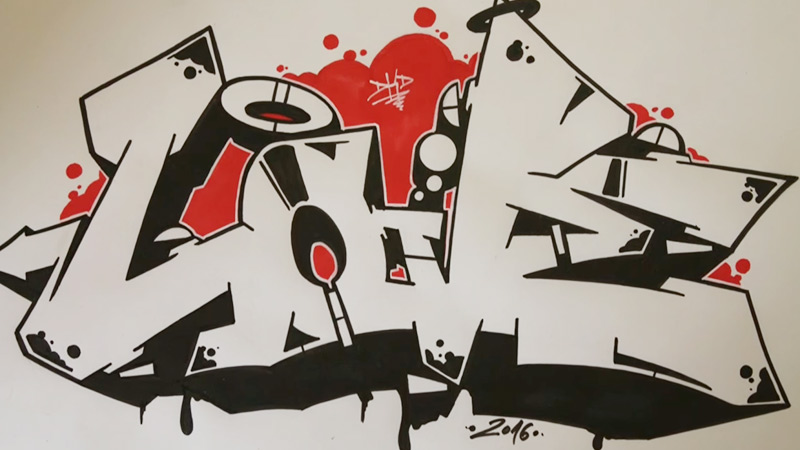
Characteristics of wildstyle
Wildstyle is characterized by its intricate lettering and designs, often incorporating multiple colors. The letters are often interlocking and can feature additional elements, such as shading or outlines. The focus is on the artist’s ability to create visually stunning lettering and images.
Examples of wildstyle
- A wildstyle piece featuring the words “GRAFF” in an interlocking design and filled in with multiple colors.
- A wildstyle piece that features a stylized image or symbol, such as a cityscape or a landscape, with intricate details and multiple colors.
- A wildstyle piece that features multiple characters or images, such as a mural with different animals and plants, with intricate details and multiple colors.
- A wildstyle piece that is written in a public space, such as on a wall or a train, for increased visibility and impact.
The style and design of wildstyle can vary greatly, depending on the artist’s personal style and creativity. The focus is on the intricate design and the artist’s ability to create visually stunning lettering and images.
10. Blockbuster
A blockbuster is a larger, more elaborate version of a throw-up. The focus of a blockbuster is on the size and design of the letters, rather than just the visual appeal of the letters.
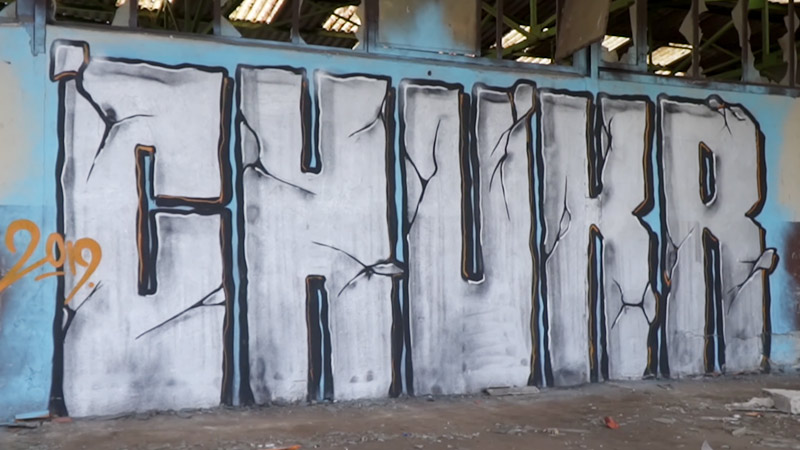
Characteristics of blockbuster
Blockbusters are characterized by their larger size, with letters often being larger than those in a throw-up. The letters can be stylized and can feature intricate designs and shading. The focus is on the size and design of the letters, rather than just the visual appeal.
Examples of blockbuster
- A blockbuster of the word “ART” with a stylized background and multiple colors.
- A blockbuster of the word “RUN” with a black outline and a colored fill.
- A blockbuster of the letters “AB” with intricate designs and multiple colors.
- A blockbuster is written in a public space, such as on a wall or a train, for increased visibility and impact.
The style and design of a blockbuster can vary greatly, depending on the artist’s personal style and creativity. The focus is on the size and design of the letters, rather than just the visual appeal.
11. Roller Graffiti
Roller graffiti is a type of graffiti that is created using a roller and paint, rather than a spray can. The focus of roller graffiti is on the ability to quickly and easily create large, bold letters and designs.
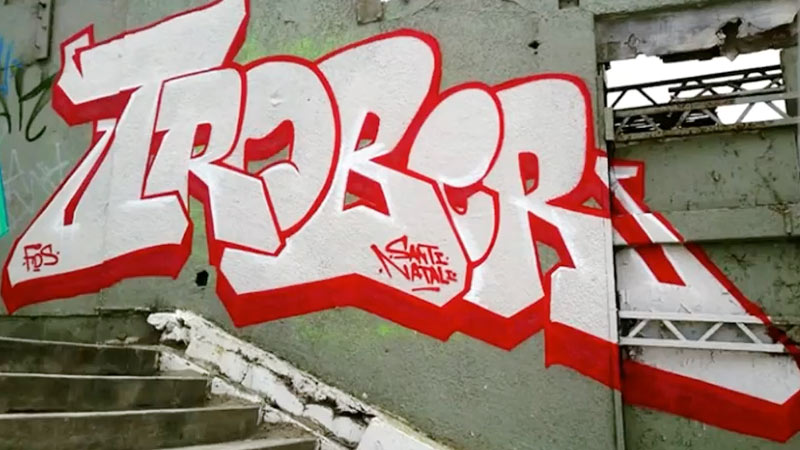
Characteristics of roller graffiti
Roller graffiti is characterized by its large size and bold letters. The letters can be written in a plain or stylized font and can be filled in with a single color or multiple colors. The focus is on the ability to quickly and easily create large, bold letters and designs.
Examples of roller graffiti
- A roller graffiti piece that features the word “ART” written in a bold font and filled in with a single color.
- A roller graffiti piece that features the word “RUN” written in a stylized font and filled in with multiple colors.
- A roller graffiti piece that features the letters “AB” written in a bold font and filled in with different colors for each letter.
- A roller graffiti piece that is written in a public space, such as on a wall or a train, for increased visibility and impact.
These are just a few examples of roller graffiti. The style and design of roller graffiti can vary greatly, depending on the artist’s personal style and creativity. The focus is on the ability to quickly and easily create large, bold letters and designs.
12. Anti-Style
Anti-style is a form of graffiti that challenges traditional graffiti styles and conventions. The focus of anti-style is on creating something unique and different, rather than following established styles.
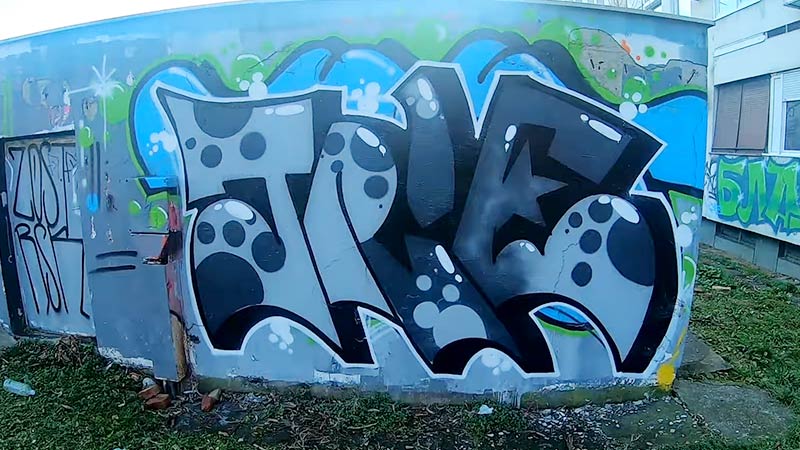
Characteristics of anti-style
Anti-style is characterized by its unconventional design and style. The letters and images used in anti-style can be abstract, and the focus is on creating something different and unique. Anti-style often incorporates elements of other styles, such as throw-ups, wildstyle, or straight letters, but the focus is on creating something new and different.
Examples of anti-style
- An anti-style piece that features abstract letters and images, such as random shapes and lines.
- An anti-style piece that combines elements of traditional styles, such as throw-ups and wildstyle, but creates something new and unique.
- An anti-style piece that features unconventional lettering, such as letters that are written backward or upside down.
- An anti-style piece that features a unique or unconventional color scheme, such as a piece written in black and white only.
These are just a few examples of anti-style. The style and design of anti-style can vary greatly, depending on the artist’s personal style and creativity. The focus is on creating something unique and different, rather than following established styles.
13. Stickers
Stickers, also known as slaps, are small, adhesive tags that are placed in various locations. The focus of stickers is on the ability to quickly and easily spread a message or tag a location.
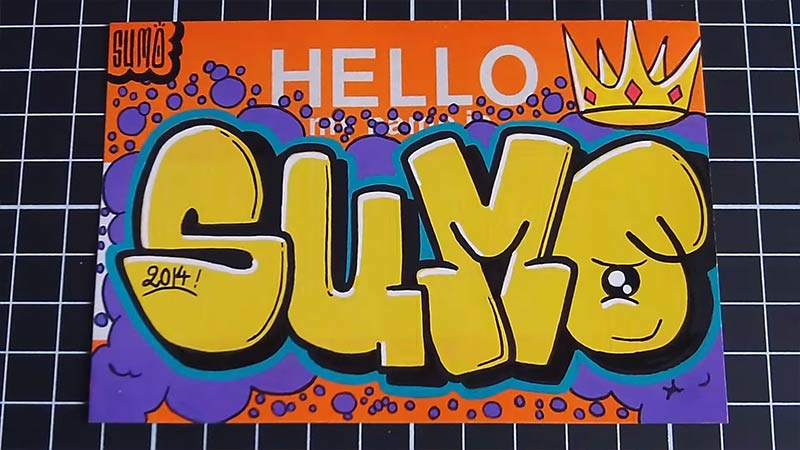
Characteristics of stickers
Stickers are characterized by their small size and adhesive material. They can feature a logo, design, or message and can be placed in a variety of locations, such as on street signs, light poles, or walls. The focus is on the ability to quickly and easily spread a message or tag a location.
Examples of stickers
- A sticker of a logo or design placed on a street sign or light pole.
- A sticker that features a political message or slogan, is placed in a public space.
- A sticker that features a character or image, such as a stylized angel or cityscape.
- A sticker that features a unique or unusual design, such as a sticker that is cut into an intricate shape.
These are just a few examples of stickers. The style and design of stickers can vary greatly, depending on the artist’s personal style and creativity. The focus is on the ability to quickly and easily spread a message or tag a location.
14. Stencils
Stencils are a form of graffiti that is created using a stencil to cut out the design. The focus of stencils is on the use of precise and clean lines, often featuring simple or iconic images.
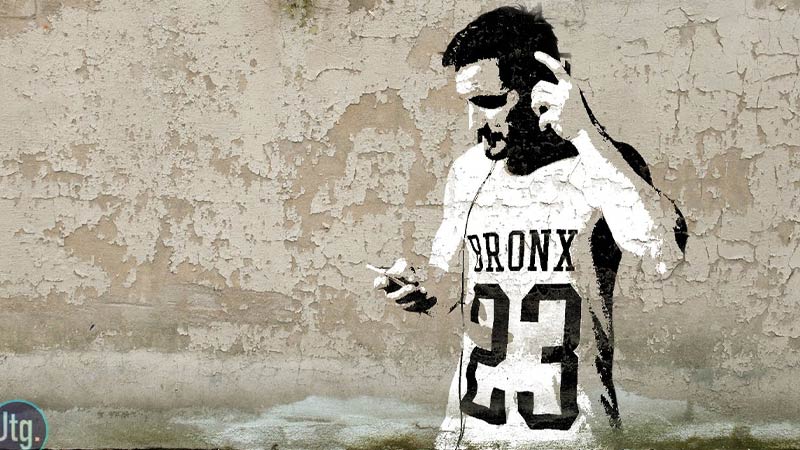
Characteristics of stencils
Stencils are characterized by their precise and clean lines, often featuring simple or iconic images. The focus is on the use of the stencil to create a precise and clean design, rather than relying on freehand drawing or painting.
Examples of stencils
- A stencil of a political figure’s face on a wall.
- A stencil of a famous image or symbol, such as the peace sign or a smiley face.
- A stencil of a piece of artwork, such as a painting or sculpture, is placed in a public space.
- A stencil of a unique or unusual design, such as a stencil of a cityscape or landscape.
These are just a few examples of stencils. The style and design of stencils can vary greatly, depending on the artist’s personal style and creativity. The focus is on the use of precise and clean lines, often featuring simple or iconic images.
15. Heaven Spot
Heaven spot, also known as heaven or heaven-spot, is a form of graffiti that is placed in a difficult or hard-to-reach location. The focus of a heaven spot is on the highly stylized manner in which it is done, with intricate details.
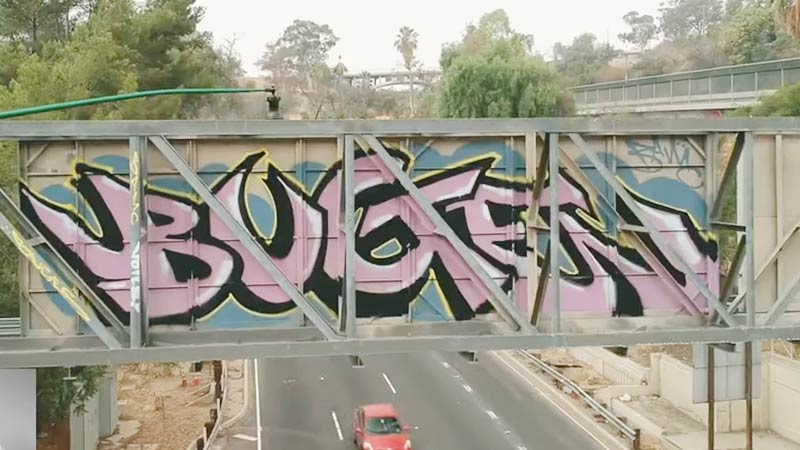
Characteristics of heaven spot
Heaven spot is characterized by its difficult or hard-to-reach location and the highly stylized manner in which it is done. The letters and images used in a heaven spot are often intricate and can feature shading or outlines. The focus is on the difficulty of the location and the highly stylized manner in which the piece is done.
Examples of heaven spot
- A heaven spot of a stylized angel placed on a high rooftop.
- A heaven spot of a complex design or image, such as a cityscape or landscape, is placed on a high bridge or building.
- A heaven spot of a character or symbol, such as a stylized superhero or animal, placed on a high rooftop or wall.
- A heaven spot that is written in a difficult or hard-to-reach location, such as on a high cliff or mountain.
These are just a few examples of heaven spots. The style and design of a heaven spot can vary greatly, depending on the artist’s personal style and creativity. The focus is on the difficulty of the location and the highly stylized manner in which the piece is done.
FAQ
Graffiti and street art are often used interchangeably, but there are some key differences between the two. Graffiti is typically done without permission and is often seen as vandalism.
Street art, on the other hand, is often done with permission and is intended to beautify a public space or make a social or political statement. Street art can include elements of graffiti but is often more complex and intricate than traditional graffiti.
Graffiti can be illegal if it is done without the owner’s permission or if it is done on public property. However, many cities have designated graffiti walls or legal graffiti zones where artists can express themselves freely without fear of legal repercussions.
Additionally, some cities have programs that allow artists to beautify neglected or abandoned buildings and structures, providing a legal outlet for their creative expression.
Graffiti is an art form that anyone can participate in, although it takes time, patience, and practice to develop skills and style. Many graffiti artists start by practicing with markers or spray paint on paper, and then move on to larger surfaces when they feel ready.
The most common materials used for graffiti include spray paint, markers, and paintbrushes. Graffiti artists may also use stencils, stickers, or paste-ups to create their designs. The choice of material will often depend on the artist’s personal preference, the size and surface of the wall, and the intended message or style.
The purpose of graffiti can vary greatly, depending on the artist and the context. Some graffiti is created as a form of self-expression, while others use it to make a political or social statement. Graffiti can also be used to beautify a space or to commemorate a person, event, or memory. Ultimately, the purpose of graffiti is up to the individual artist and the motivations behind their work.
Conclusion
Graffiti is a dynamic and diverse art form that has evolved over the years. From the simple tags of Tagging to the intricate and stylized letters of Wildstyle, graffiti encompasses a range of styles and techniques. Each type of graffiti has its own unique characteristics and represents a different aspect of this art form.
The future of graffiti looks bright, as it continues to evolve and influence popular culture. As more people recognize graffiti as an art form, it is likely to gain further recognition and acceptance. This in turn could lead to more opportunities for graffiti artists, as well as greater visibility and appreciation of their work.
Finally, graffiti is a testament to the power of self-expression and creativity. Whether used for social commentary, political activism, or simply to beautify public space, graffiti is a visual expression of the human spirit.
It represents a celebration of individuality and a desire to make one’s mark on the world. Whether you love it or hate it, graffiti is here to stay, and will continue to evolve and shape our cities, our culture, and our lives for generations to come.
Leave a Reply